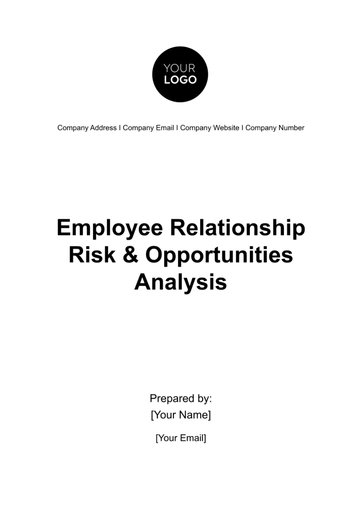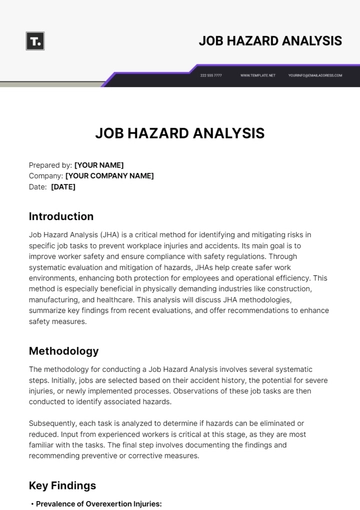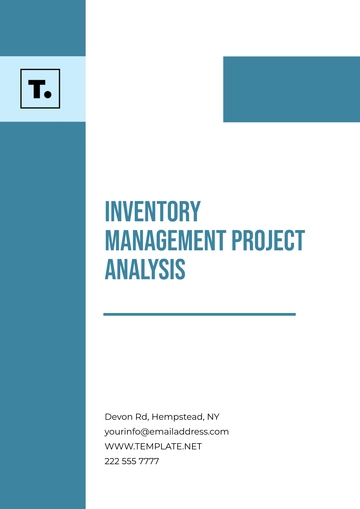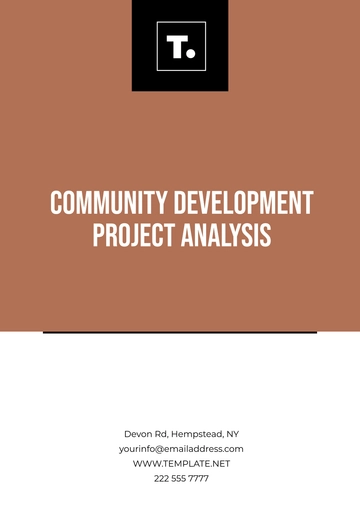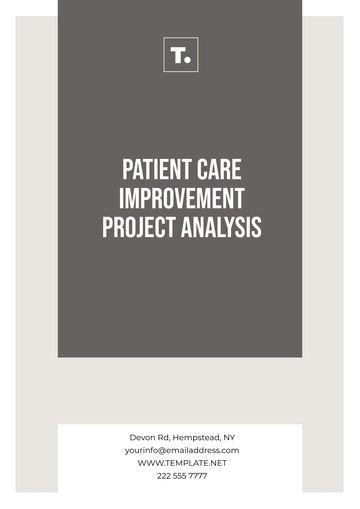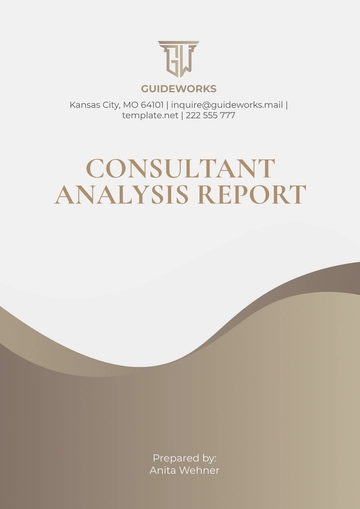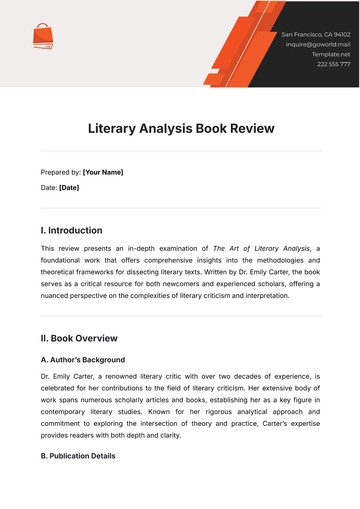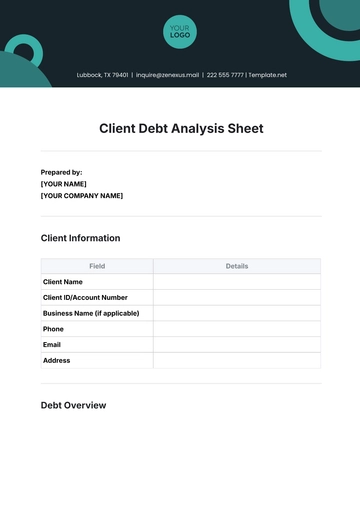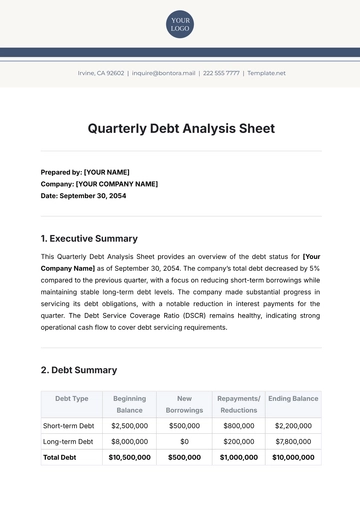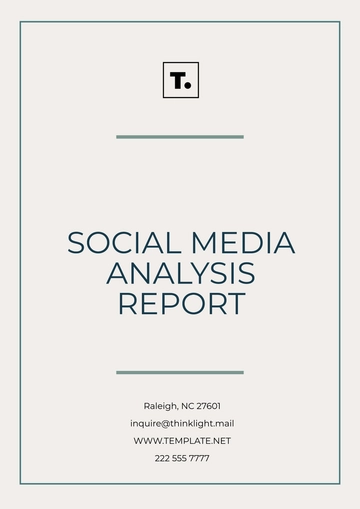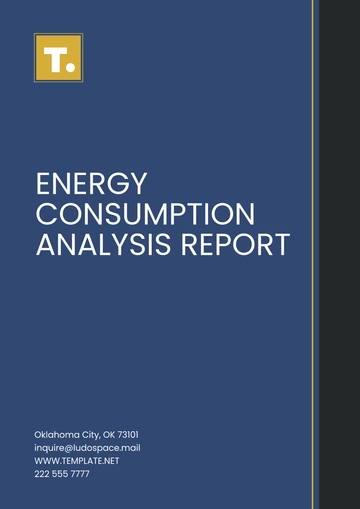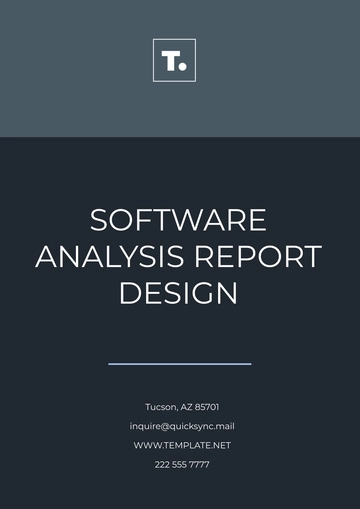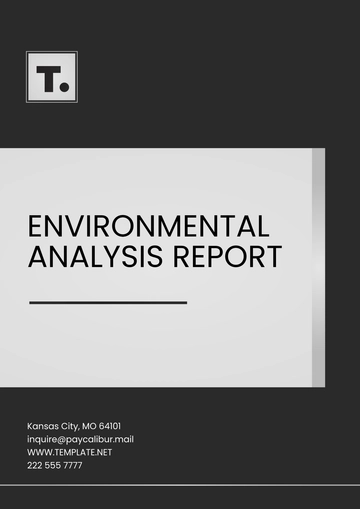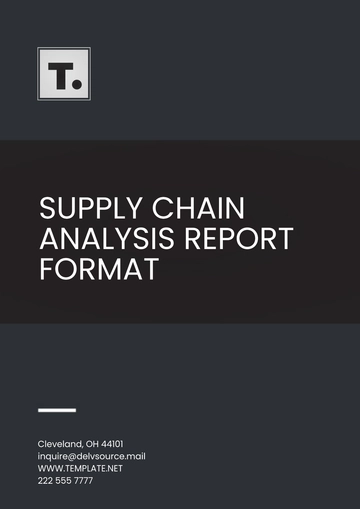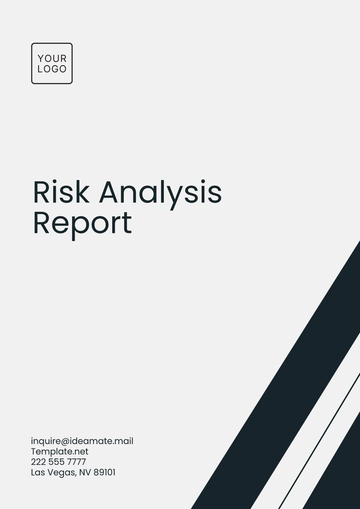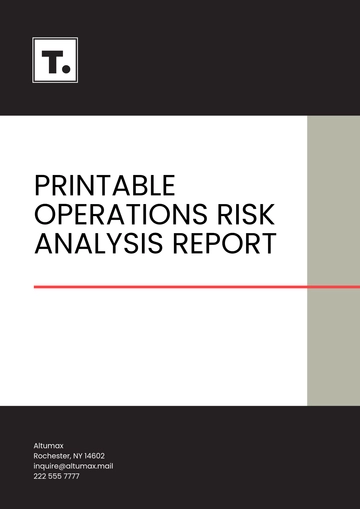Free Salary Benchmarking Financial Analysis HR
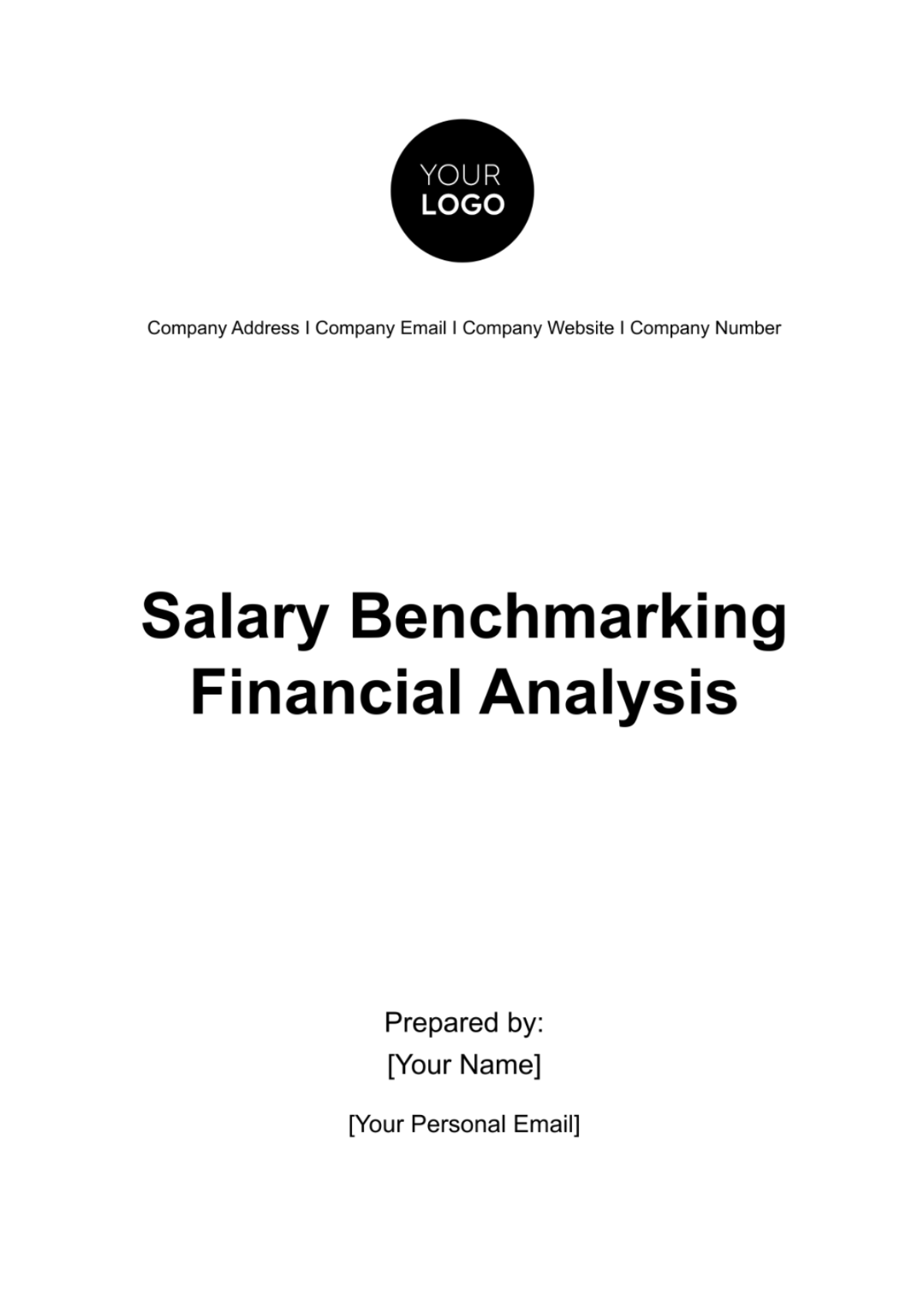
TABLE OF CONTENTS
Introduction.................................................................................................................. 3
Objective...................................................................................................................3
Scope of the Analysis............................................................................................. 3
Importance of Salary Benchmarking.................................................................... 3
Methodology............................................................................................................... 4
Data Collection........................................................................................................... 4
Role Selection for Benchmarking.......................................................................... 5
Salary Benchmarking for Selected Roles................................................................ 5
Data Analysis Procedure.................................................................................... 6
Potential Limitations and Considerations..................................................... 7
Recommendations......................................................................................................... 7
Periodic Salary Benchmarking .............................................................................7
Strategic Review of Compensation Structures.................................................. 8
Employee Engagement Initiatives........................................................................... 8
Focus on Holistic Compensation Packages........................................................... 9
External Benchmarking and Adjustments............................................................. 9
Feedback Mechanisms and Continuous Improvement.................................... 10
Conclusion........................................................................................................... 10
Introduction
[Your Company Name] is a premier company located in the heart of [Your Company Address]. Renowned for its innovative business solutions, it has rapidly positioned itself as a leader in the corporate landscape. The business environment is dynamic and competitive, maintaining a robust workforce is vital for the company's continued success.
Objective
The primary objective of this financial analysis is to ensure that the company's compensation packages remain competitive within the job market. Salary benchmarking serves as a strategic tool in this endeavor, allowing the company to gauge where they stand compared to their peers and industry standards.
Scope of the Analysis
This report will focus on benchmarking salaries for various roles within [Your Company Name] against the median salary data of similar roles. The roles selected represent a cross-section of the company, from entry-level positions to senior leadership. This comprehensive approach ensures that the company maintains competitive compensation across all levels.
Importance of Salary Benchmarking
[Your Company Address], with its dense concentration of corporate headquarters, startups, and diverse businesses, has a unique and competitive job market. The cost of living is considerably higher compared to other regions, making salary an essential consideration for potential employees. Companies that fail to offer competitive salaries risk losing top talent to competitors. Hence, regular salary benchmarking is not just an operational necessity but a strategic imperative for businesses in the region.
Through this analysis, we aim to provide actionable insights and recommendations to [Your Company Name]. The ultimate goal is to ensure that the company continues to attract, retain, and motivate its workforce, maintaining its position as a leader in its industry.
Methodology
Our methodology for salary benchmarking is designed to provide [Your Company Name] with actionable, reliable, and contextual insights into how its compensation packages align with the broader job market. The process we have adopted melds both qualitative and quantitative techniques, harnessing the power of primary research, industry databases, and internal records.
Data Collection
To maintain the credibility and accuracy of our salary benchmarking analysis, we sourced data from multiple channels:
Primary Surveys: These were conducted by our internal team, targeting professionals within the area across various industries. The survey collected data on salary, benefits, and other compensation-related metrics for different roles.
External Research Firms: Recognized salary research firms provided a significant portion of the median salary data. These firms specialize in collecting, analyzing, and presenting salary data, making their insights invaluable for this analysis.
Publicly Available Data: To supplement our primary data, we referred to publicly available databases and reports that present industry-wide compensation trends.
Internal Company Records: Historical salary data, promotions, increments, and other compensation-related metrics were sourced from the company's internal HR systems. This provided insights into the company's compensation trajectory over the years.
Role Selection for Benchmarking
To ensure the representativeness of our analysis, we selected roles from various hierarchical levels:
HIERARCHY LEVEL | DESCRIPTION |
Entry-Level Positions | Fresh graduates or professionals with up to 2 years of experience. |
Mid-Level Positions | Employees with 3-8 years of experience, possibly managing teams or projects. |
Senior-Level Positions | Professionals with over 8 years of experience, often in strategic roles. |
Salary Benchmarking for Selected Roles
The selected roles for benchmarking include entry, mid-level, and senior positions in the company. The salaries were compared against median values to determine if they are above, on par, or below the benchmark.
ROLE | [Your Company Name] SALARY | MEDIAN SALARY |
Entry-Level Analyst | $60,000 | $58,000 |
|
|
|
|
|
|
|
|
|
|
|
|
Key Findings:
For all the selected roles, the salaries offered by [Your Company Name] are above the median. This is a positive indicator and reflects the company's commitment to offering competitive compensation to its employees.
The mid-level manager role has the highest variance at +6.25%. This may suggest that the company places a premium on mid-tier management roles, possibly due to the importance of these positions in operational success.
The operations coordinator role has the smallest variance from the median, with a difference of just +2.36%. This indicates that while the salary is still competitive, there is a tighter budget or less flexibility for this particular role.
Data Analysis Procedure
After obtaining the data, we followed a systematic approach to analyze it:
ANALYSIS STEP | DESCRIPTION |
Data Cleaning | Checked and corrected inconsistencies, missing values, or outliers. |
Comparison and Variance | Matched each role's salary at [Your Company Name] against the median. Calculated variance percentage. |
Segmentation | Segregated data by industry, company age, and size for an apples-to-apples comparison. |
Potential Limitations and Considerations
While we believe our methodology is sound, it is also essential to consider the potential limitations:
LIMITATION | DESCRIPTION |
Sampling Bias | There might be unintentional biases in our primary survey samples. |
Market Volatility | The job market can have quick shifts, possibly affecting salary structures. |
Data Lag | While we have used the latest data, there is always a time lag between data collection and current scenarios. |
Recommendations
The forthcoming recommendations are the culmination of this meticulous analysis. These suggestions are about maintaining parity with the market and setting a gold standard. Let us delve into a roadmap that combines quantitative data with qualitative strategies, all aimed at achieving the twin goals of employee satisfaction and organizational success.
Periodic Salary Benchmarking
To maintain a competitive edge in the job market, the company should establish a practice of conducting salary benchmarking exercises at least annually. Given the rapid changes in the job market dynamics, this will ensure that the company's compensation packages remain aligned with industry standards.
FREQUENCY | RATIONALE |
Quarterly | Quick checks to keep abreast of any sudden market changes. Good for volatile market conditions. |
Annually | Comprehensive review to adjust salaries, benefits, and other compensations. |
Strategic Review of Compensation Structures
Given the tight variance in certain roles, especially the Operations Coordinator, it is essential for the company to initiate a comprehensive review of its compensation structures. This review should not just focus on the base salary but also include other components such as bonuses, benefits, and non-monetary incentives.
COMPONENT | SUGGESTED ACTION |
Base Salary | Adjust according to benchmark findings, ensuring alignment with industry standards. |
Bonuses | Introduce performance-based incentives that can drive productivity and organizational growth. |
Benefits | Offer comprehensive healthcare, insurance, and retirement benefits to attract top talent. |
Non-Monetary Perks | Consider introducing flexible work hours, remote working opportunities, and learning allowances. |
Employee Engagement Initiatives
While salary remains a crucial factor, employee engagement is directly linked to retention and productivity. It would be beneficial for the company to consider other avenues of engagement to ensure employee satisfaction and loyalty.
INITIATIVE | SUGGESTED ACTION |
Feedback Mechanisms | Implement regular surveys and feedback sessions to understand employee concerns and requirements. |
Training Programs | Offer training and development programs to ensure career growth and skill enhancement. |
Team Building Activities | Organize periodic team outings, workshops, and events to foster a sense of community. |
Focus on Holistic Compensation Packages
In a competitive market, companies need to look beyond just the base salary. The company should consider developing a holistic compensation package that includes various benefits and perks.
COMPONENT | SUGGESTED ACTION |
Health and Wellness | Offer gym memberships, mental health support, and regular health check-ups. |
Work-Life Balance | Ensure employees have ample vacation days, parental leave, and personal days. |
Professional Development | Provide allowances or reimbursements for courses, workshops, and seminars. |
By adopting these recommendations, the company can position itself as an employer of choice, ensuring it attracts and retains the best talent available. A well-thought-out compensation and benefits structure, combined with ongoing engagement initiatives, can set the foundation for organizational success and growth.
External Benchmarking and Adjustments
External benchmarking and periodic adjustments provide a lens through which [Your Company Name] can evaluate its offerings against industry standards. This practice ensures the company remains an attractive employer in a bustling marketplace, fine-tuning its offerings in line with the ever-evolving industry norms.
COMPONENT | SUGGESTED ACTION |
Periodic Market Reviews | Bi-annual in-depth market reviews to stay competitive and must engage third-party analytics firms. |
Industry Survey Participation | Active involvement in industry-wide compensation surveys with a dedicated team for industry liaisons. |
Feedback Mechanisms and Continuous Improvement
The company must prioritize a system of ongoing dialogue with its team, ensuring that employee voices are heard, acknowledged, and acted upon. Such a proactive approach not only fosters a positive work culture but also fine-tunes internal processes to drive organizational excellence.
COMPONENT | SUGGESTED ACTION |
Feedback Collection | Regular, structured feedback mechanisms. Additionally, monthly feedback sessions and surveys. |
Iterative Adjustments | Swift policy adjustments based on feedback. Recognize improvement efforts. |
Conclusion
Navigating the competitive corporate landscape requires [Your Company Name] to seamlessly integrate market-driven strategies with employee-centric approaches. By implementing the tailored recommendations presented, the company is poised to thrive, balancing recruitment and retention with an engaged, motivated workforce. As [Your Company Name] continues its journey, melding data insights with a genuine commitment to employee well-being will be pivotal in cementing its position as an industry frontrunner in human capital management.
- 100% Customizable, free editor
- Access 1 Million+ Templates, photo’s & graphics
- Download or share as a template
- Click and replace photos, graphics, text, backgrounds
- Resize, crop, AI write & more
- Access advanced editor
Discover precision with Template.net's Salary Benchmarking Financial Analysis HR Template. This editable and customizable template, powered by our Ai Editor Tool, empowers you to tailor financial analyses for precise salary benchmarking. Elevate your HR strategy effortlessly, ensuring accuracy and flexibility in managing compensation structures. Unlock efficiency with every edit.
